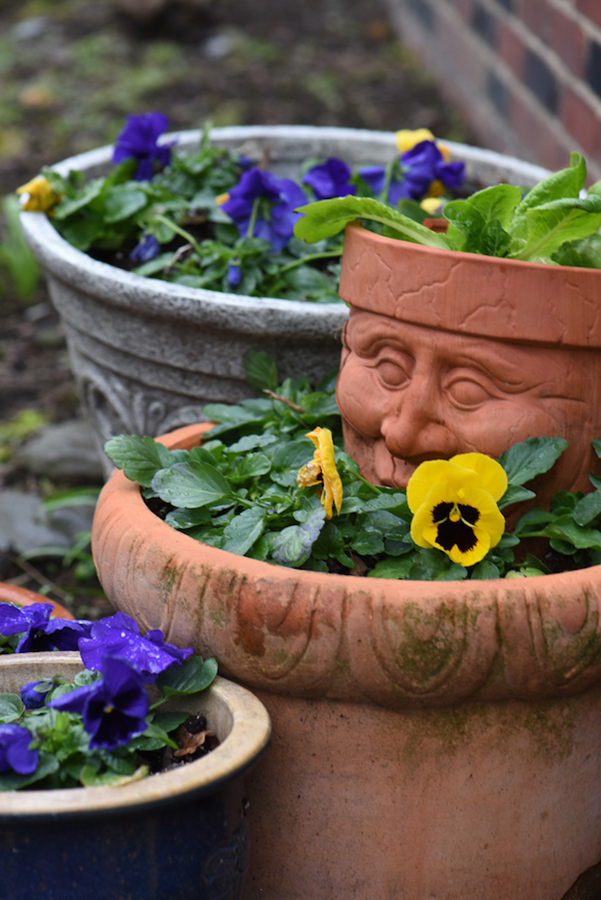
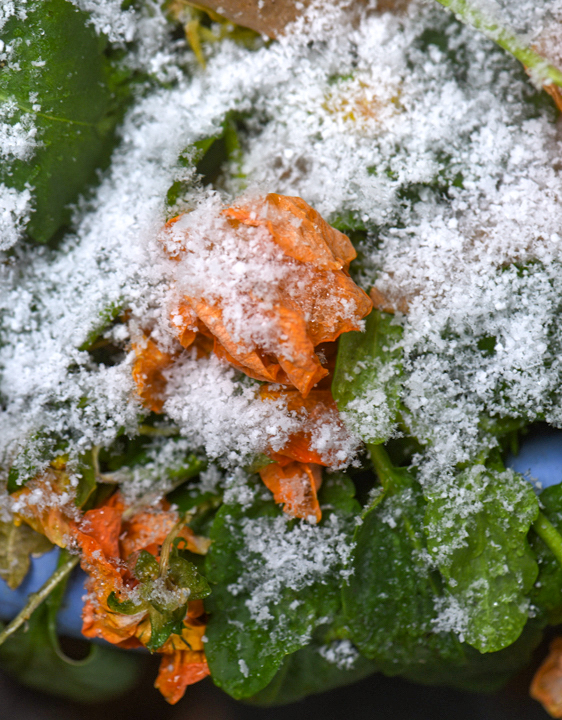
Fall gardening procrastination can be a good thing or a bad thing, depending on how you look at it. Leaving tender plants in place until the last possible moment can mean tearing them out during miserable, bone-chilling weather, or luckily missing a frost by a degree or two and enjoying their survival for another week or so. It probably makes sense just to send the annuals to the compost pile during a warm day, but there’s something thrilling about seeing how long they can go. Once Mother Nature decides their fate, there are other things to plant right now.
Containers with tender flowers can be replanted with pansies and flowering kale, which both love cool weather and will last at least until Christmas, but sometimes survive all winter and be a happy spring surprise. It’s a good idea to remove about a third of the used planting mix and replenish it with fresh material in the pot. Both plants are also suited for planting in beds too, providing season extending color.
You do have a compost pile, right? It’s best way to recycle, it’s easy, it doesn’t smell bad and you’ll be making a nutrient rich soil amendment which makes plants happy. Anything that once was living will become compost. From the kitchen, it’s coffee grounds, eggshells, vegetables, fruit peelings, and more. The only things not to add, include oils, creamy dairy, and meats, which can attract rodents. All those tender plants can find a home there too after frost. Every time something from the kitchen or garden goes in the pile, I add shredded leaves or straw. The layered approach makes great compost.
This is also the best time to plant trees and shrubs. The first step is to find the right place for the right plant. Know how big the plant will get and take that into account when picking a site. Don’t put a shade lover in full sun, the plant will probably survive, but be stressed for most of its life.
One of the biggest mistakes is planting too deep. It’s critical to find what’s called the root flare before planting. Brush off the area where the tree or shrub meets the soil and be sure it’s at or just above grade. The planting hole should be twice as wide as the root ball.
Get some bulbs in the ground, I’ve detailed my love of daffodils in the last column and have some ideas for other unique bulbs here. This is also prime time for planting garlic, nothing compares to homegrown garlic, just like anything out of the garden, it’s better than anything in the store. It’s important to find the right kind of garlic, your local nursery will have what you need. The garlic in the supermarket might not be hardy and/or sprayed with something to stop it from sprouting. If you could find a local farm offering garlic, that would work too, even if it’s being sold as a food crop.
The heads are separated into cloves, with each one being planted about three inches deep and six apart in soil improved with organic matter. Each clove will become a bulb by July. The main harvest happens then when 50 percent of the greens turn brown. I wrote about how to get six harvests from one garlic planting here. One of the harvests is the seed head, called a scape. It’s removed so that the plant can focus on making big bulbs, not expending energy making seeds. I make garlic scape pesto out of mine and it’s a seasonal treat my family loves. This video shows how to make the recipe.
Do yourself and favor and keep planting. Everything you put into the ground now will make your fall and spring garden a little better than last season, and that’s a great feeling.
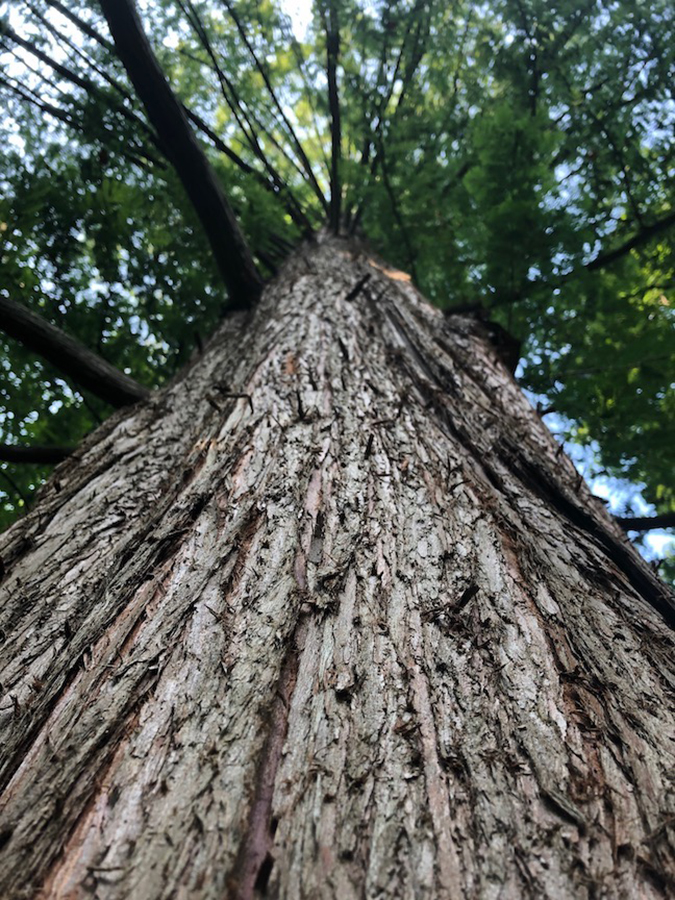
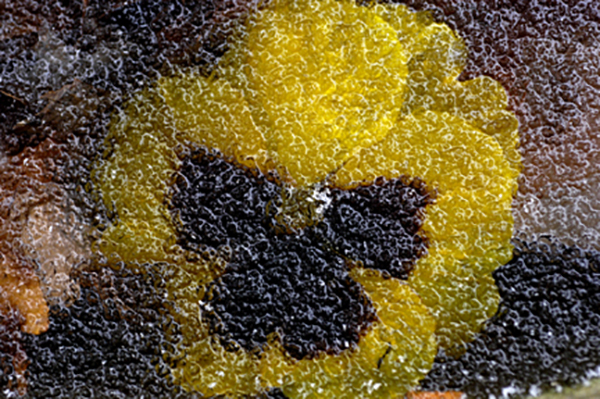
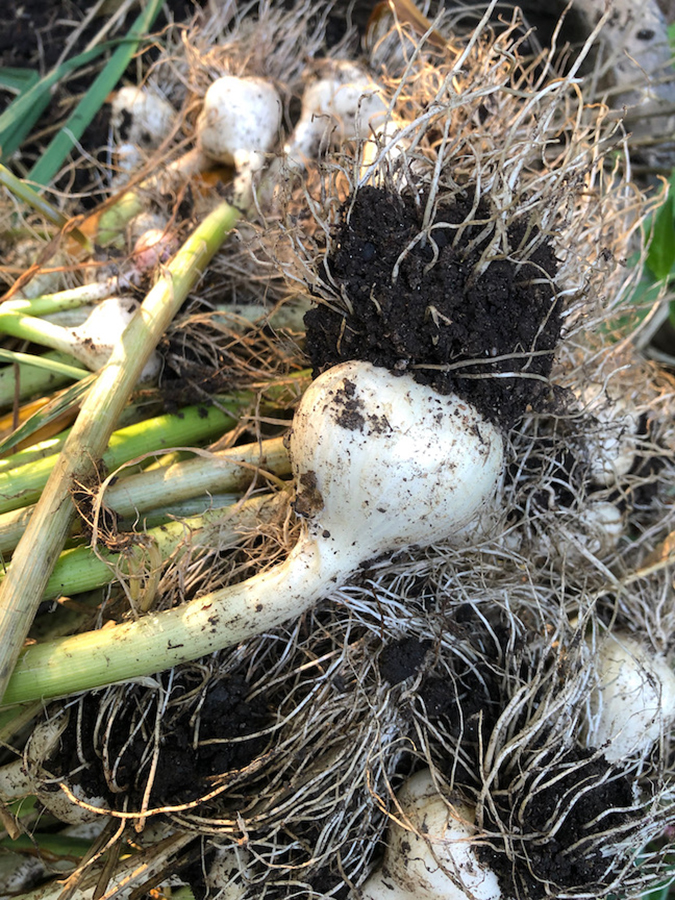
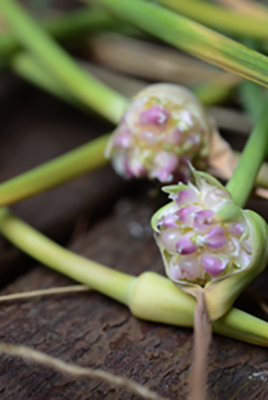
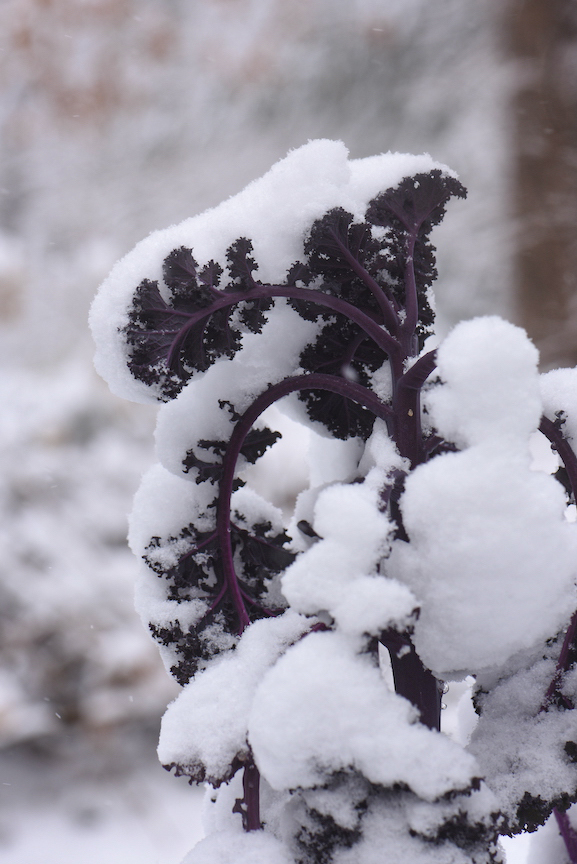
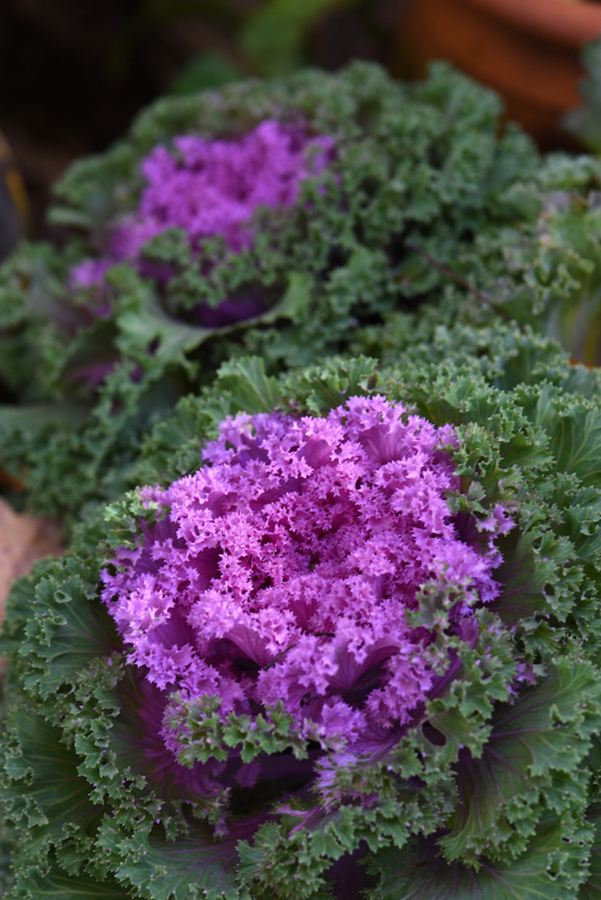

Leave A Comment